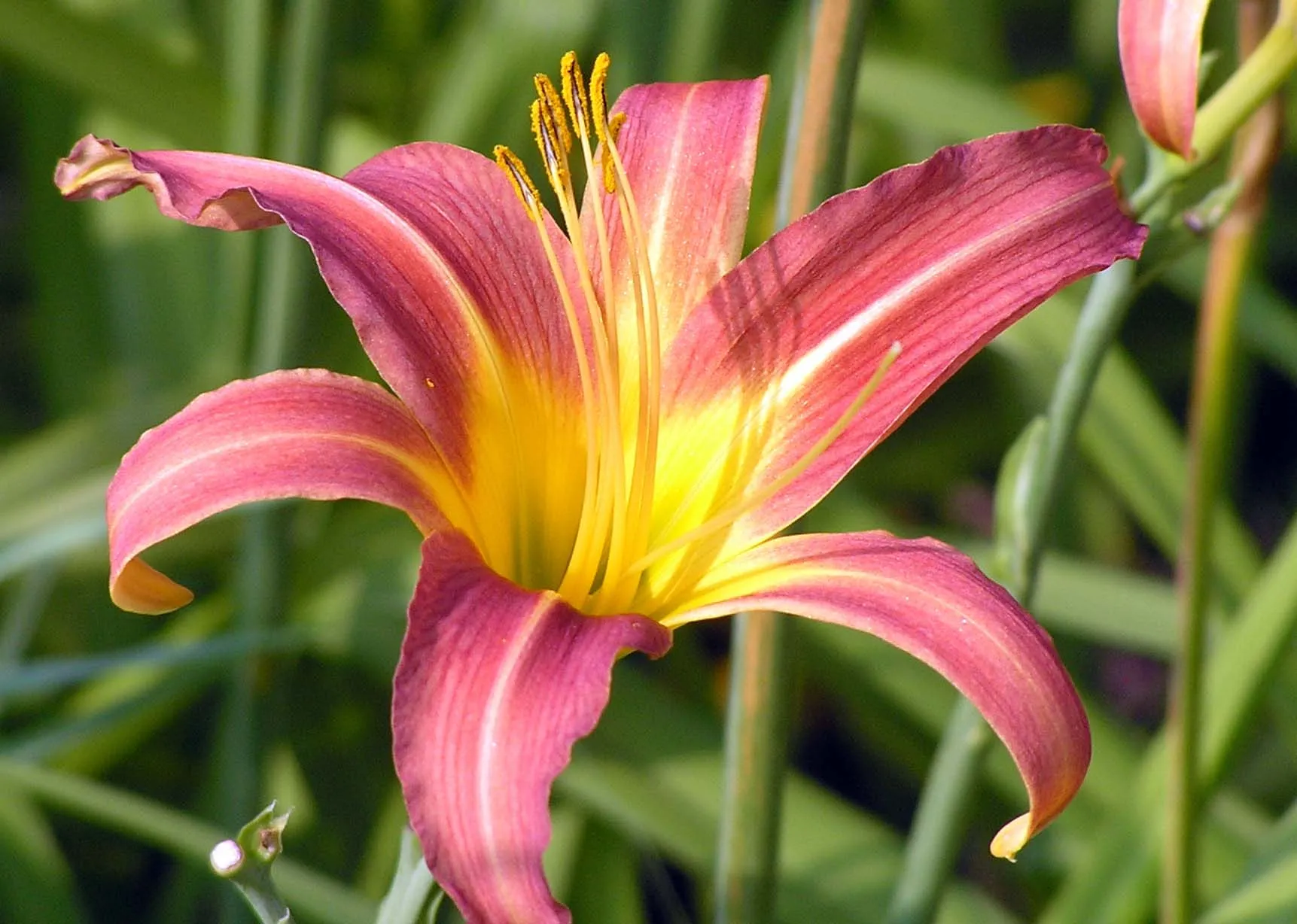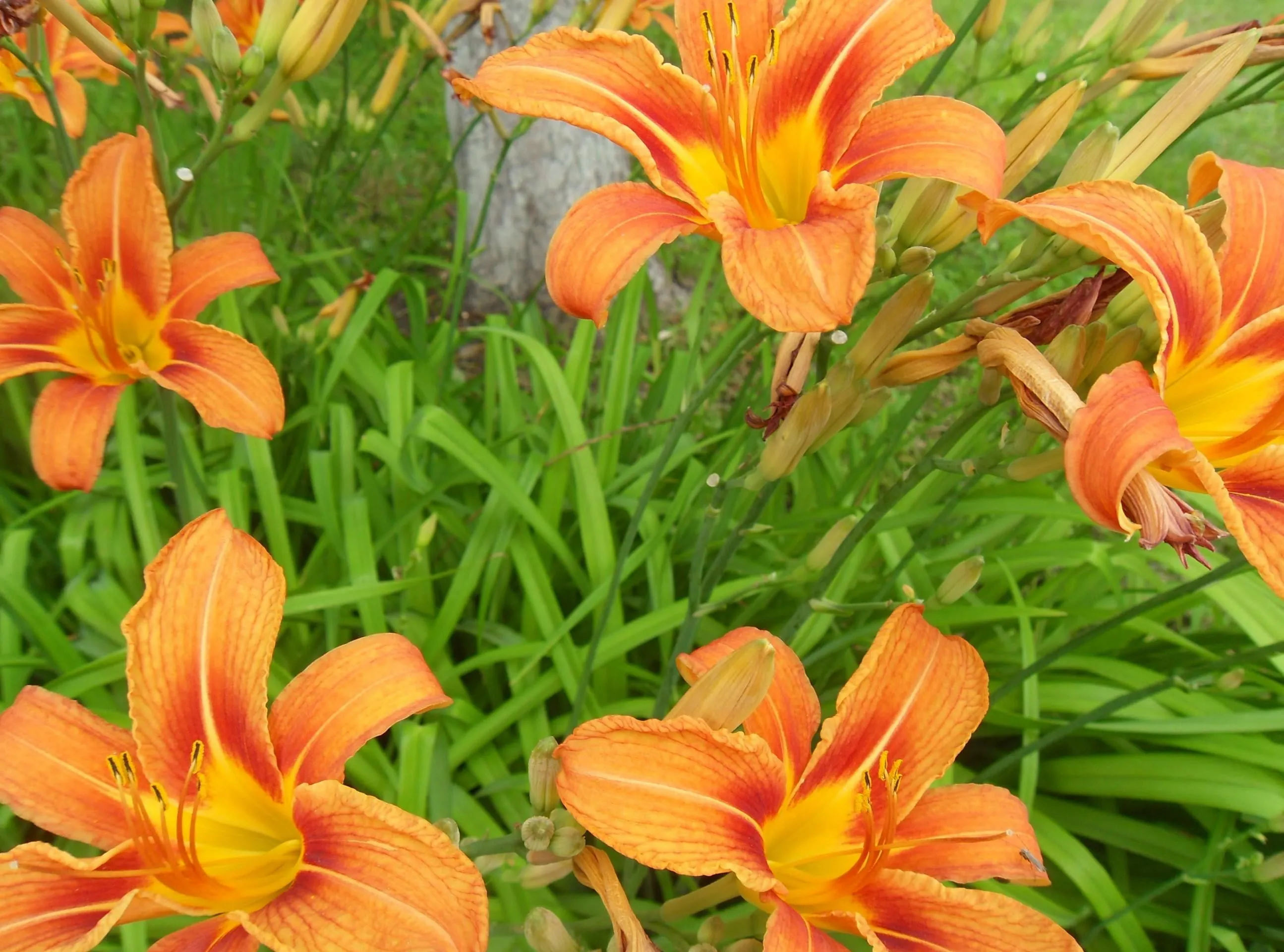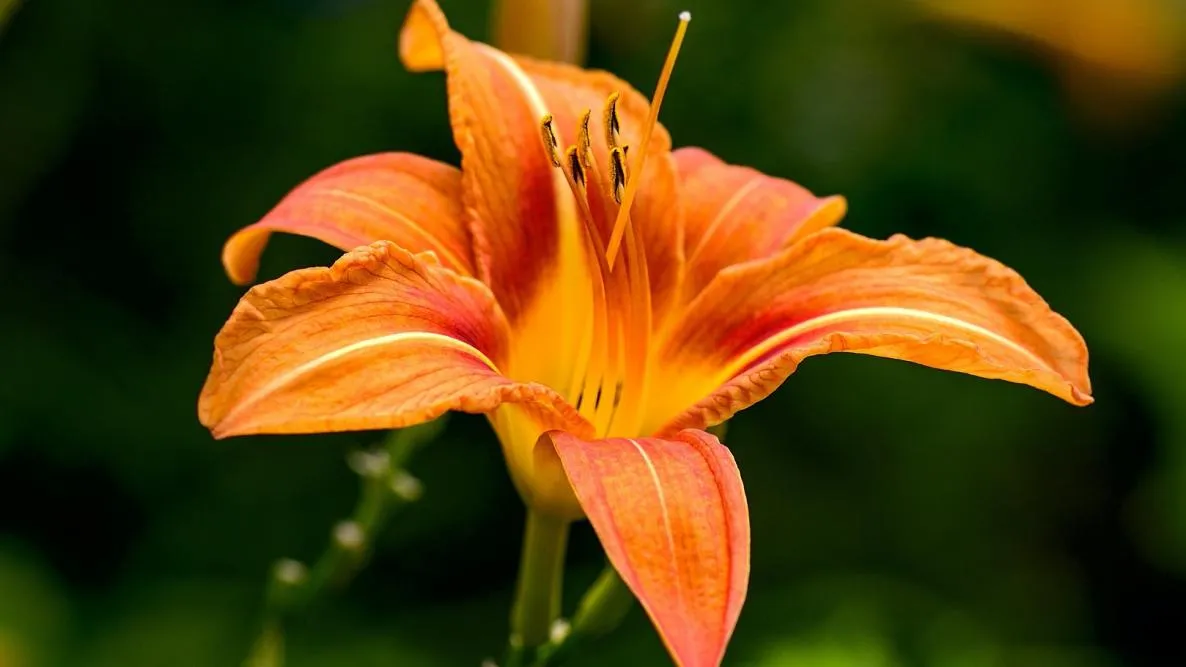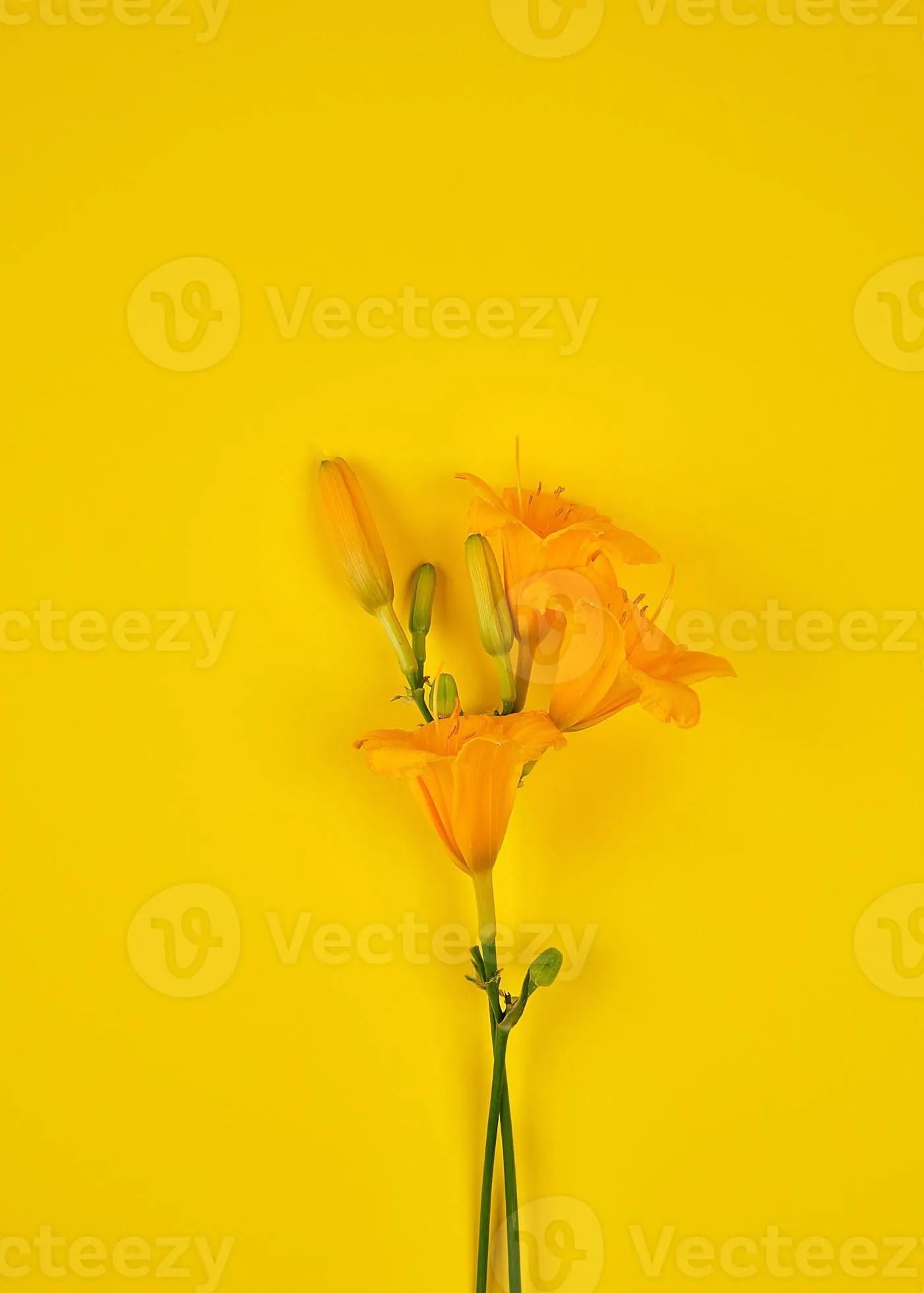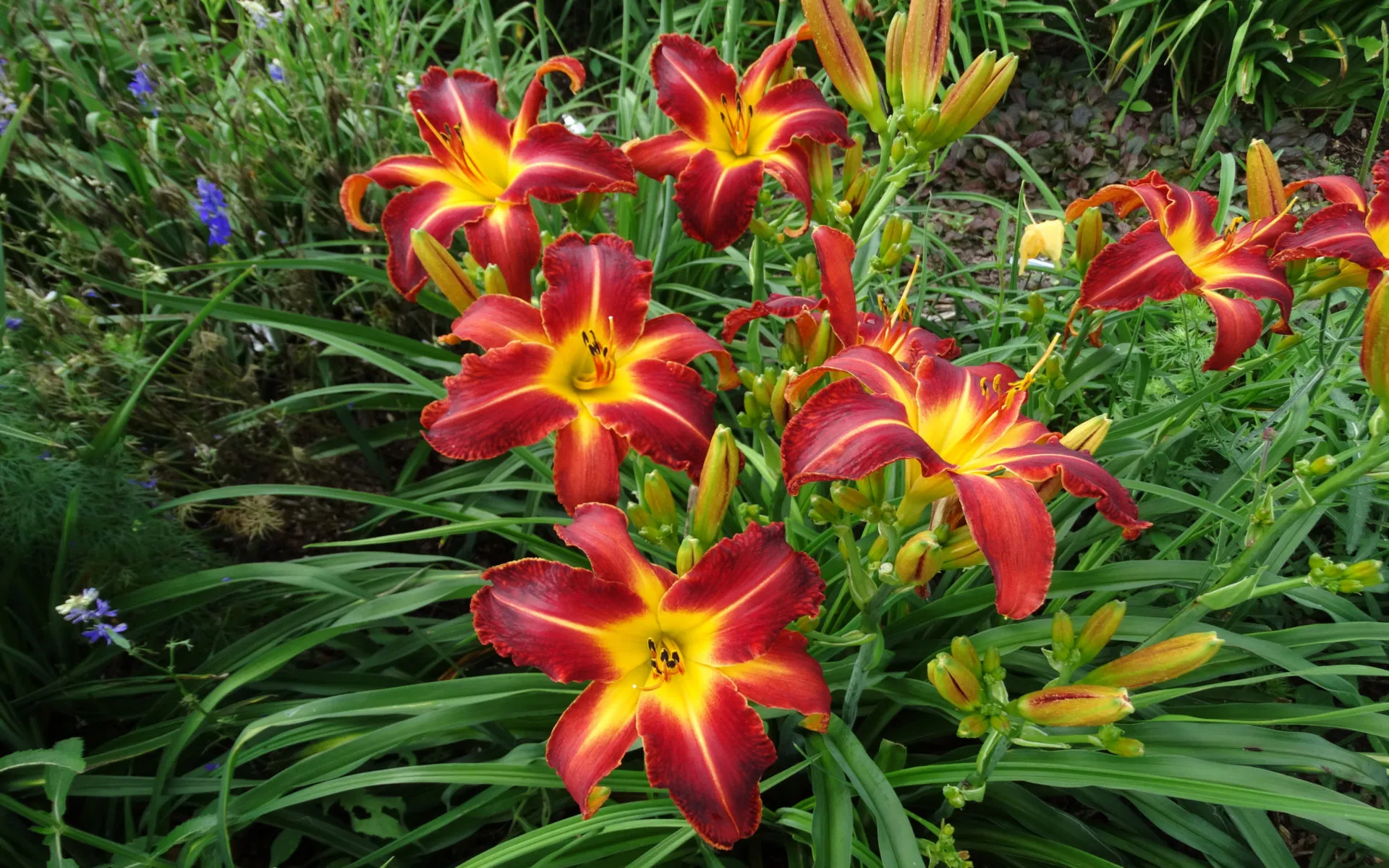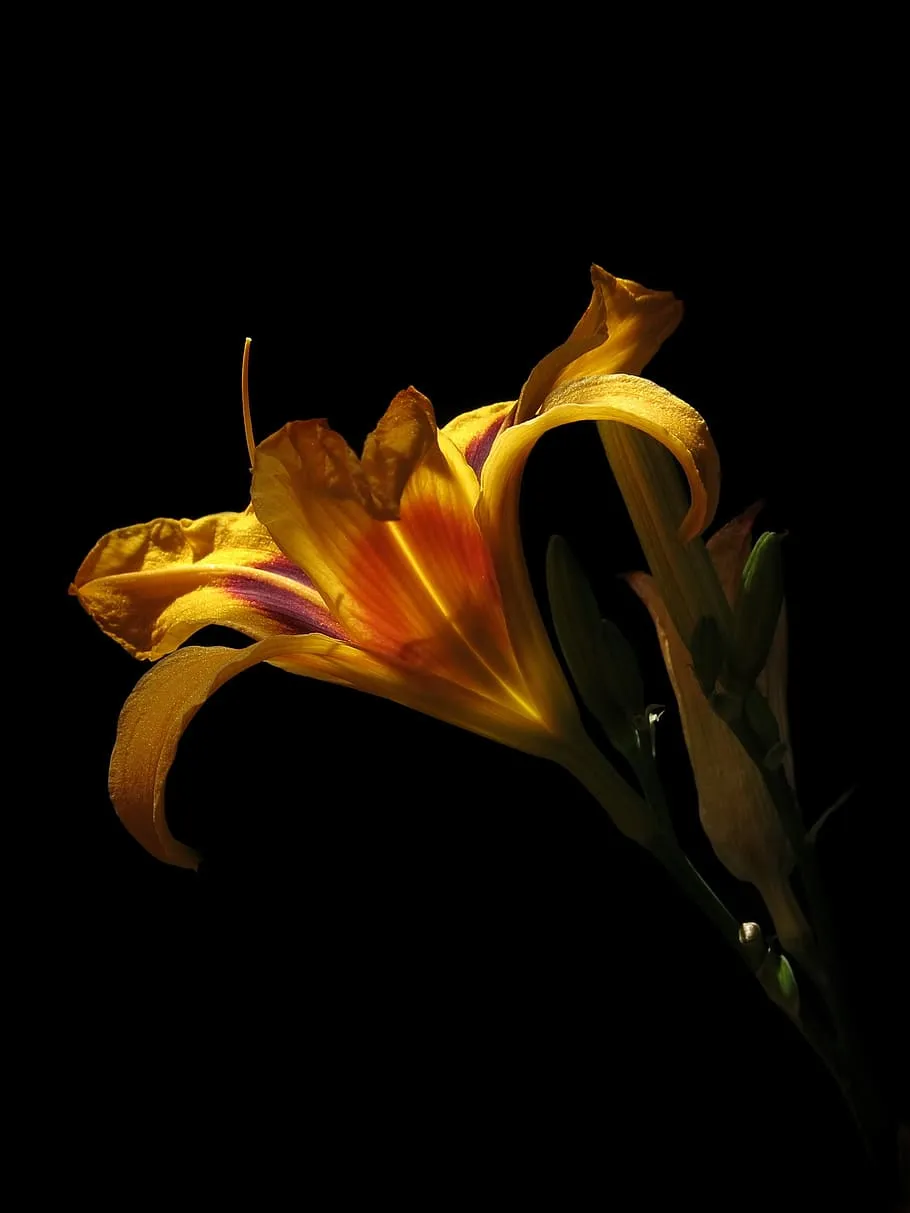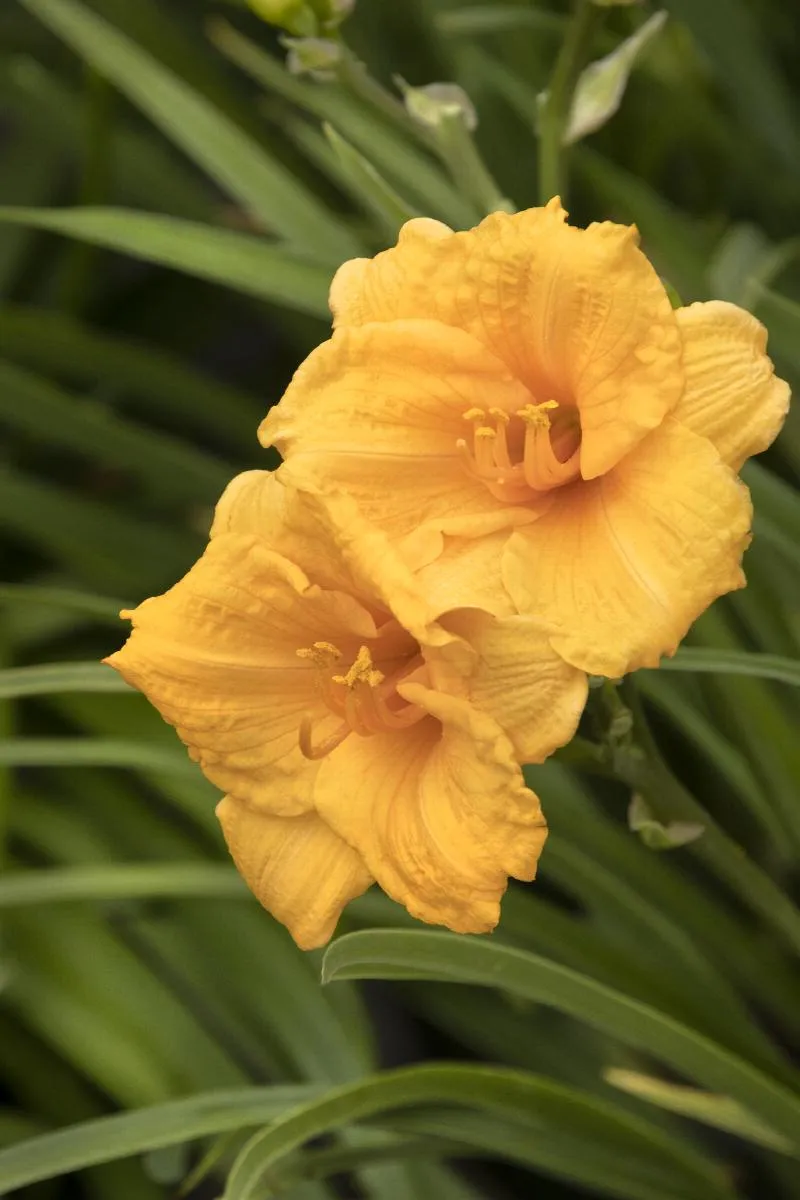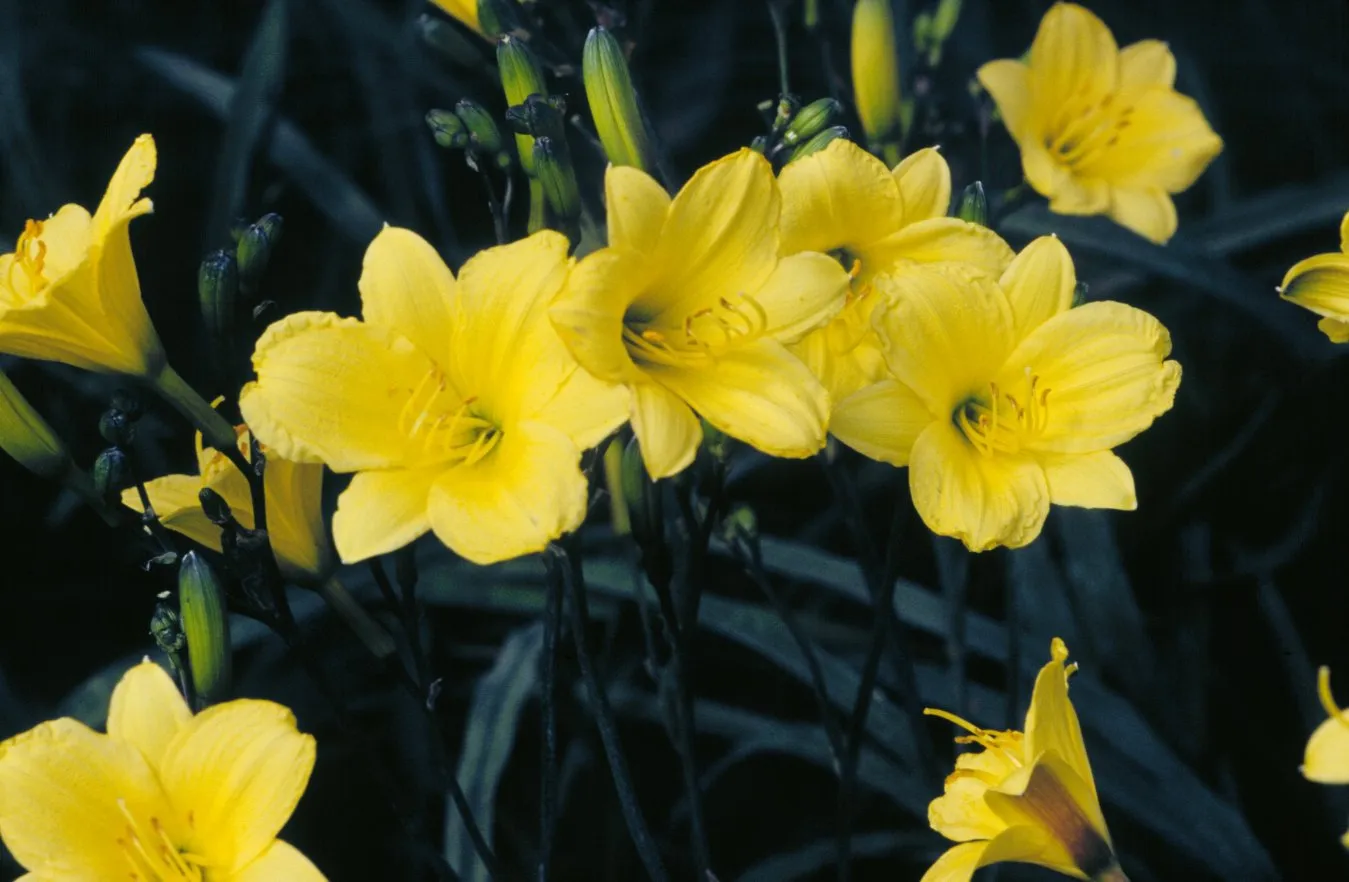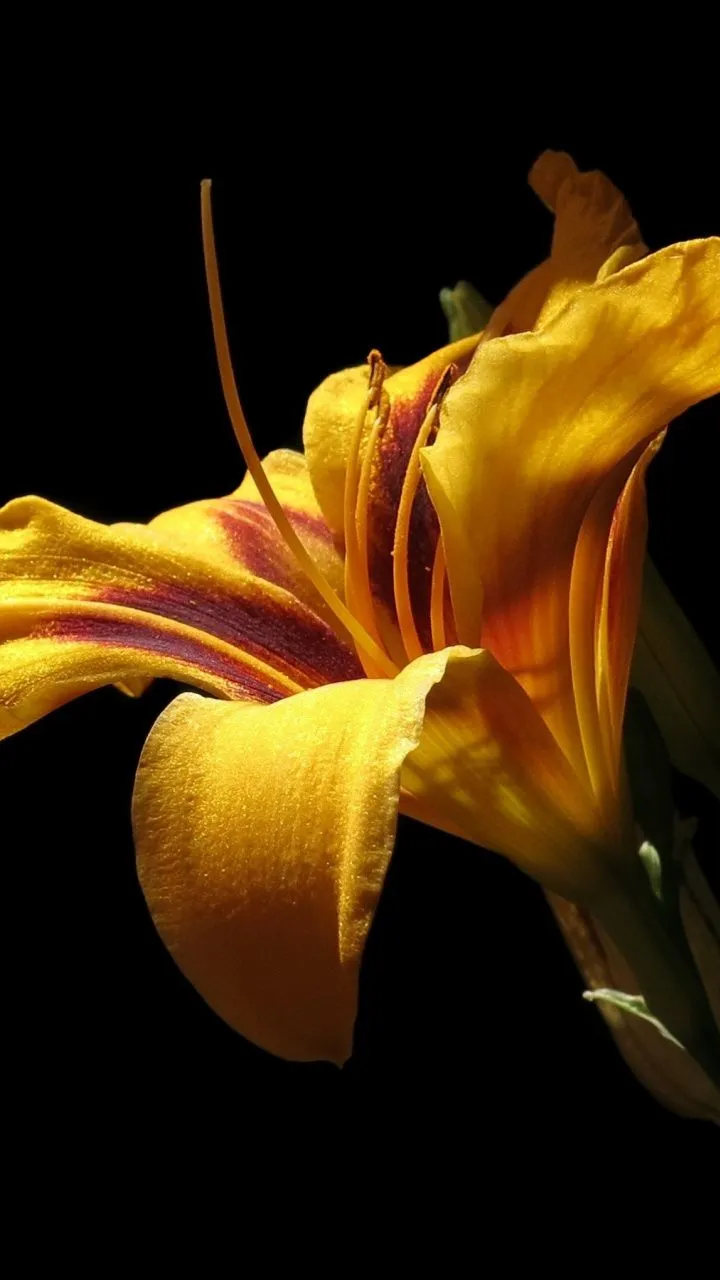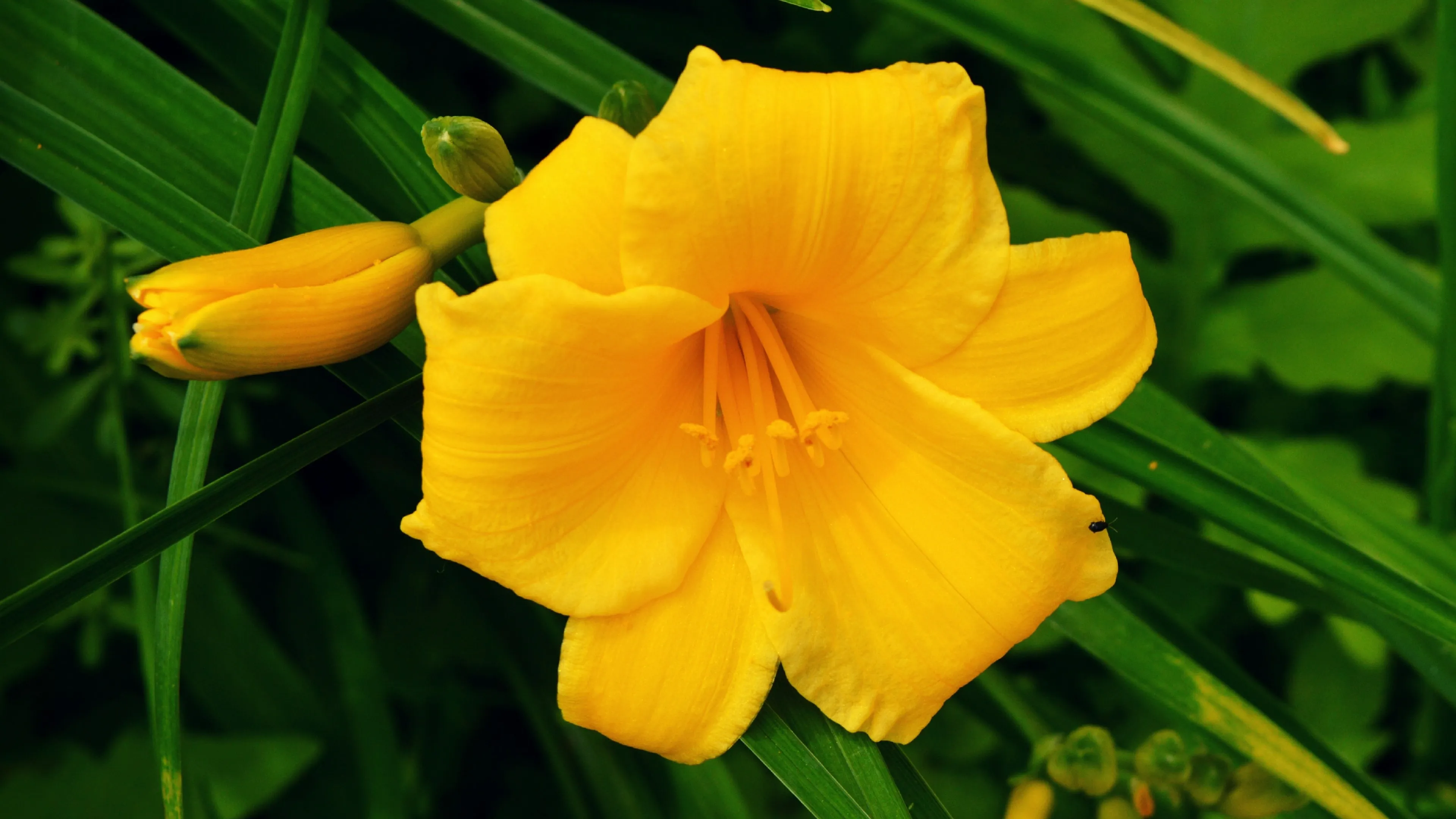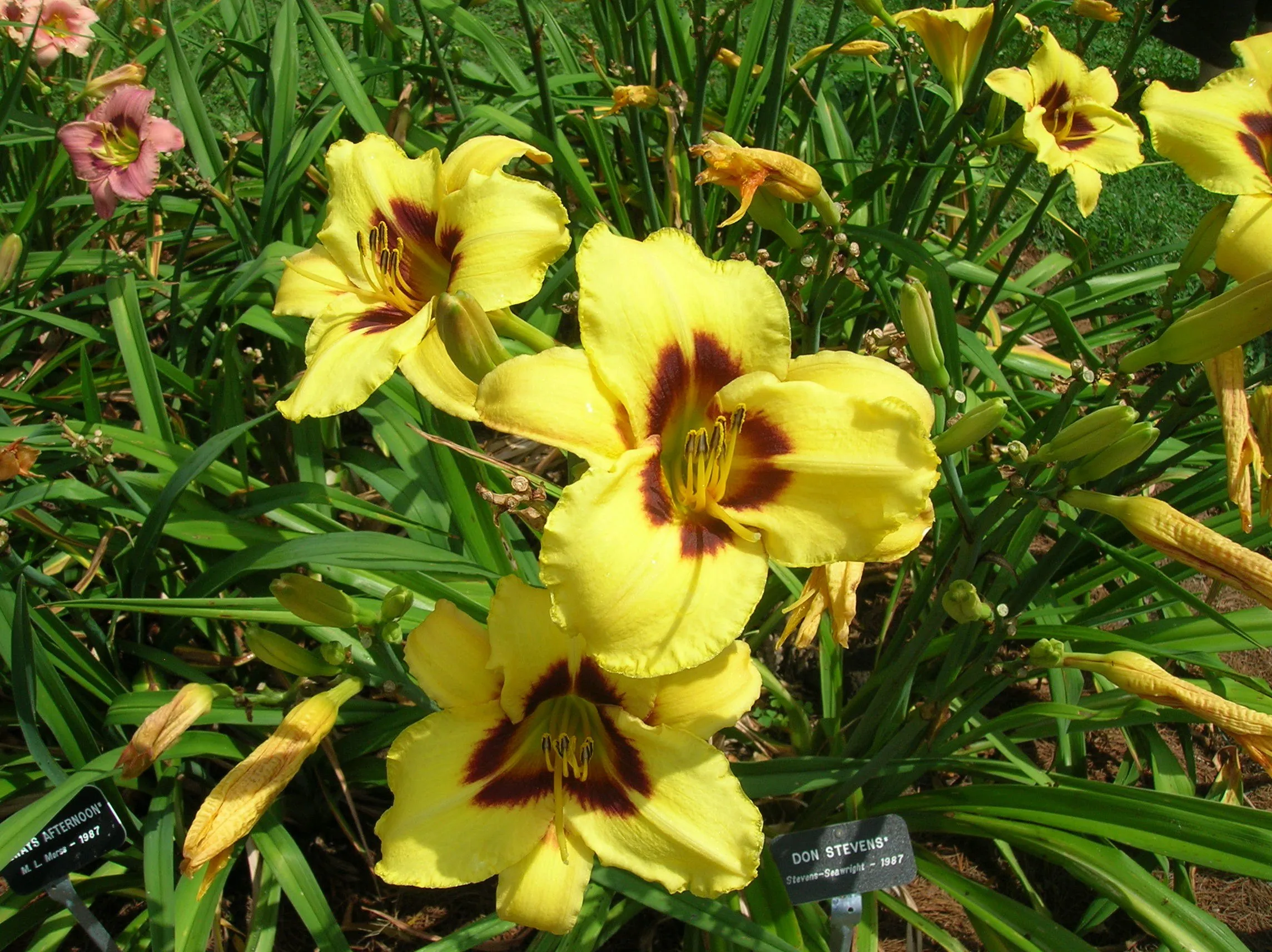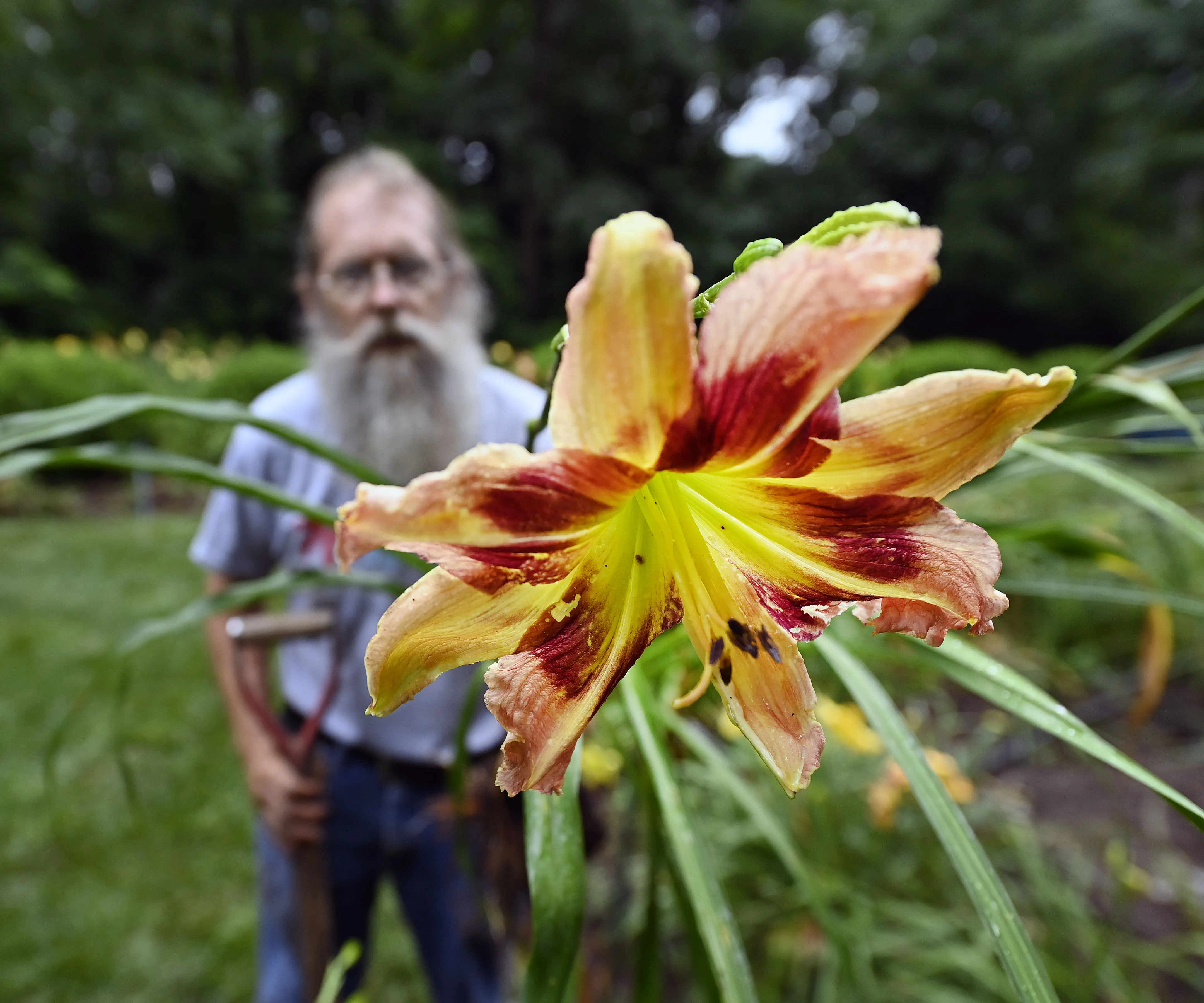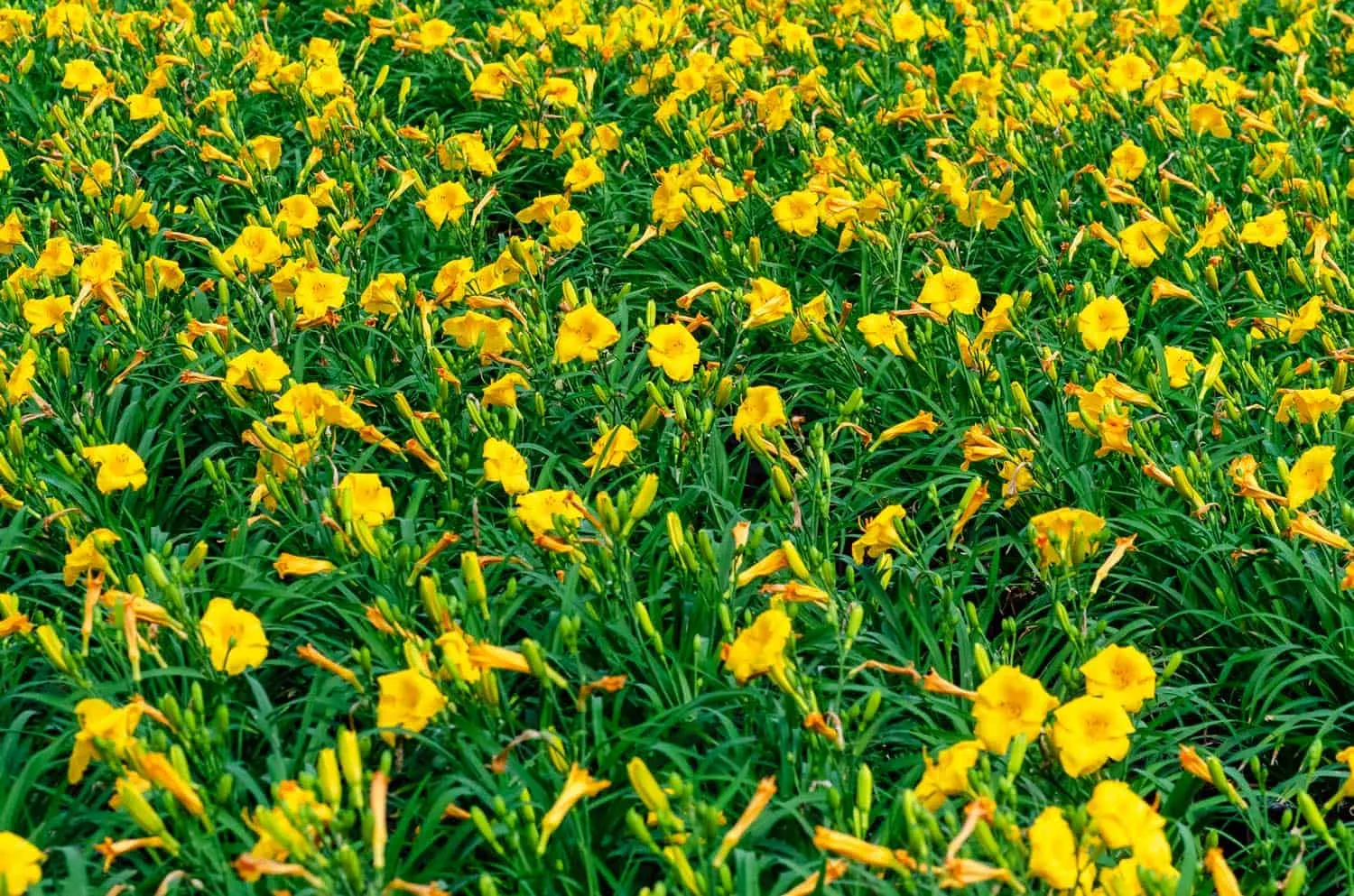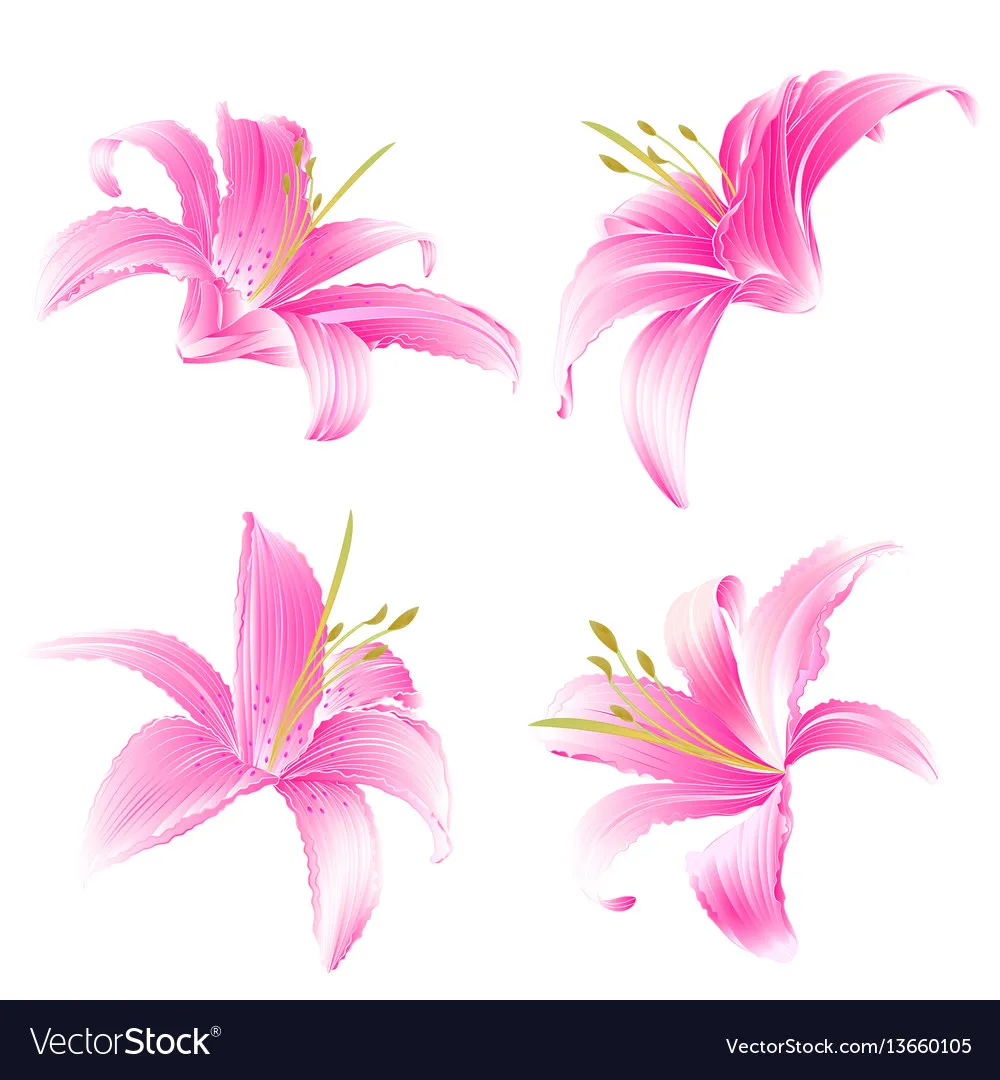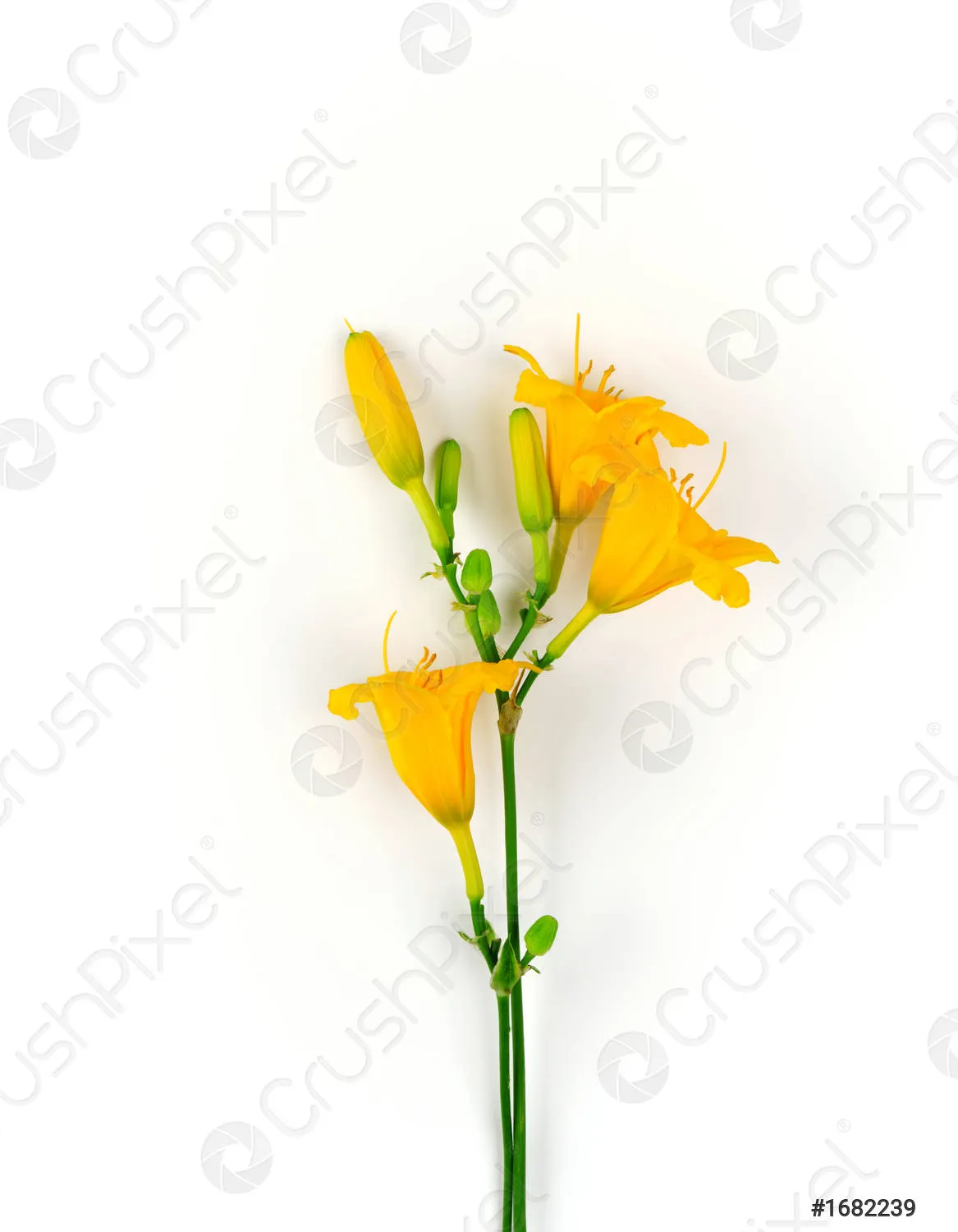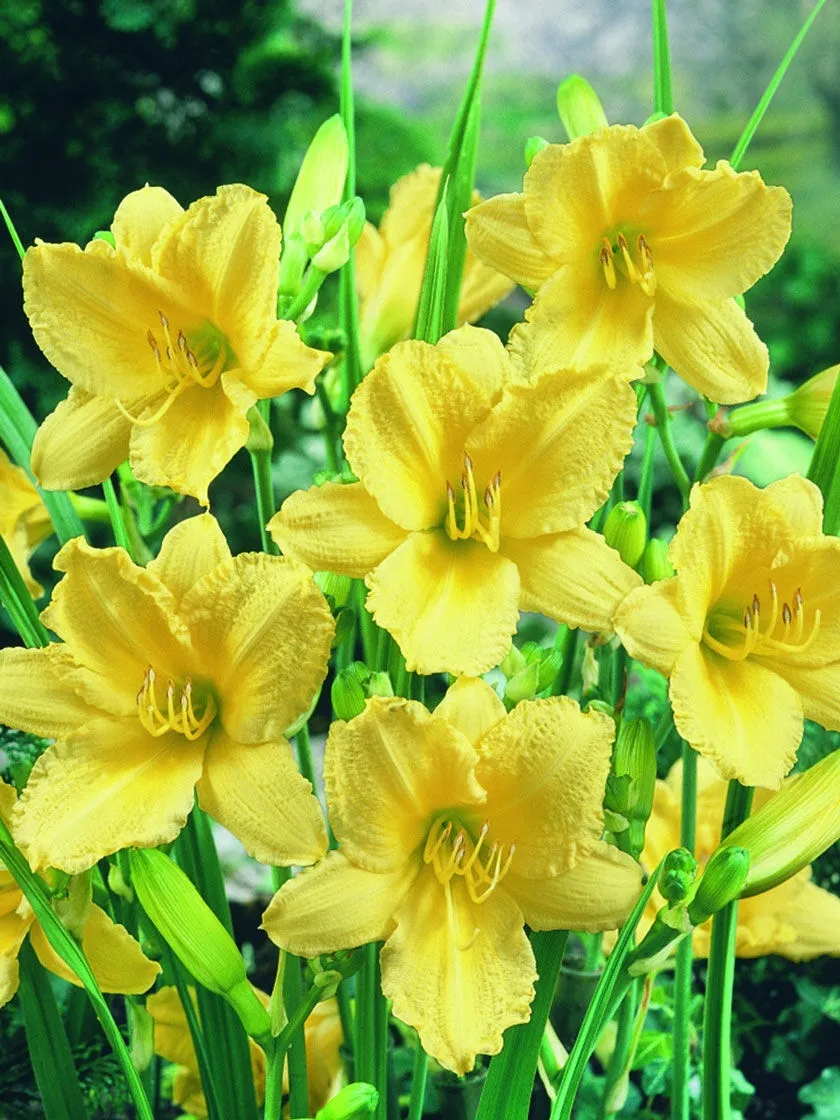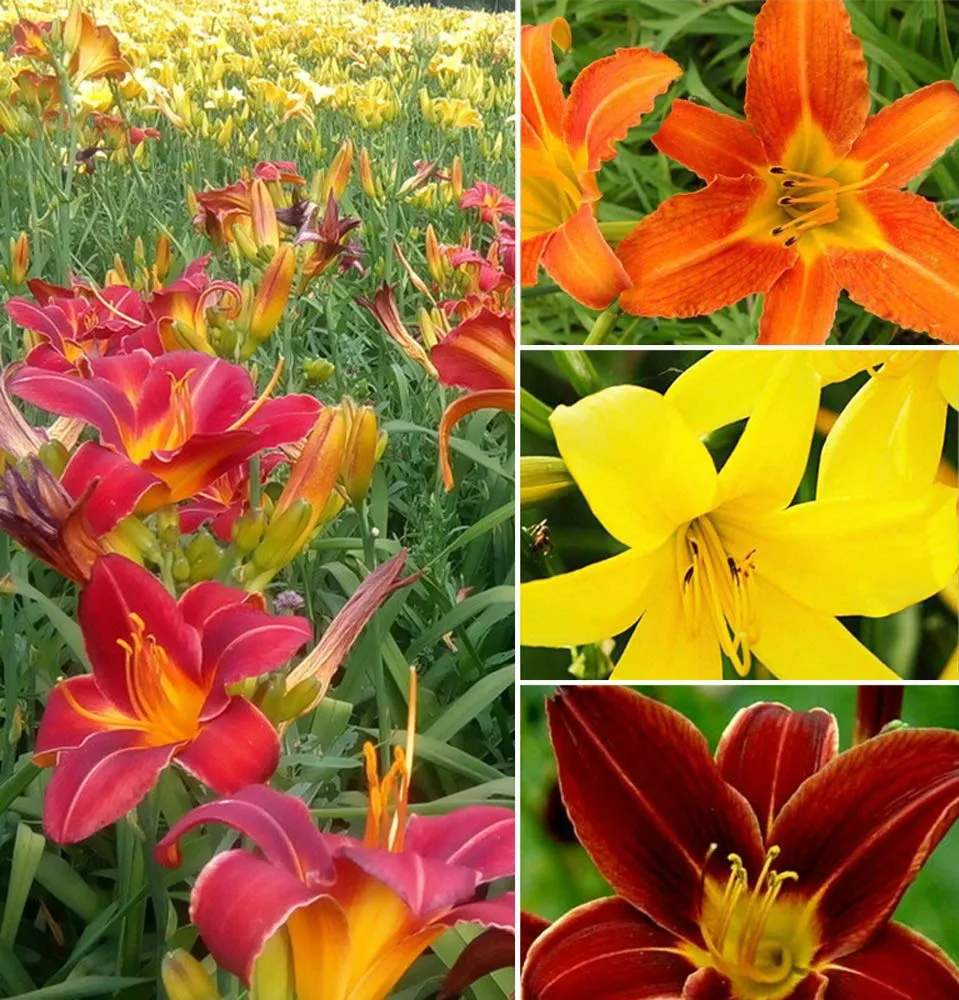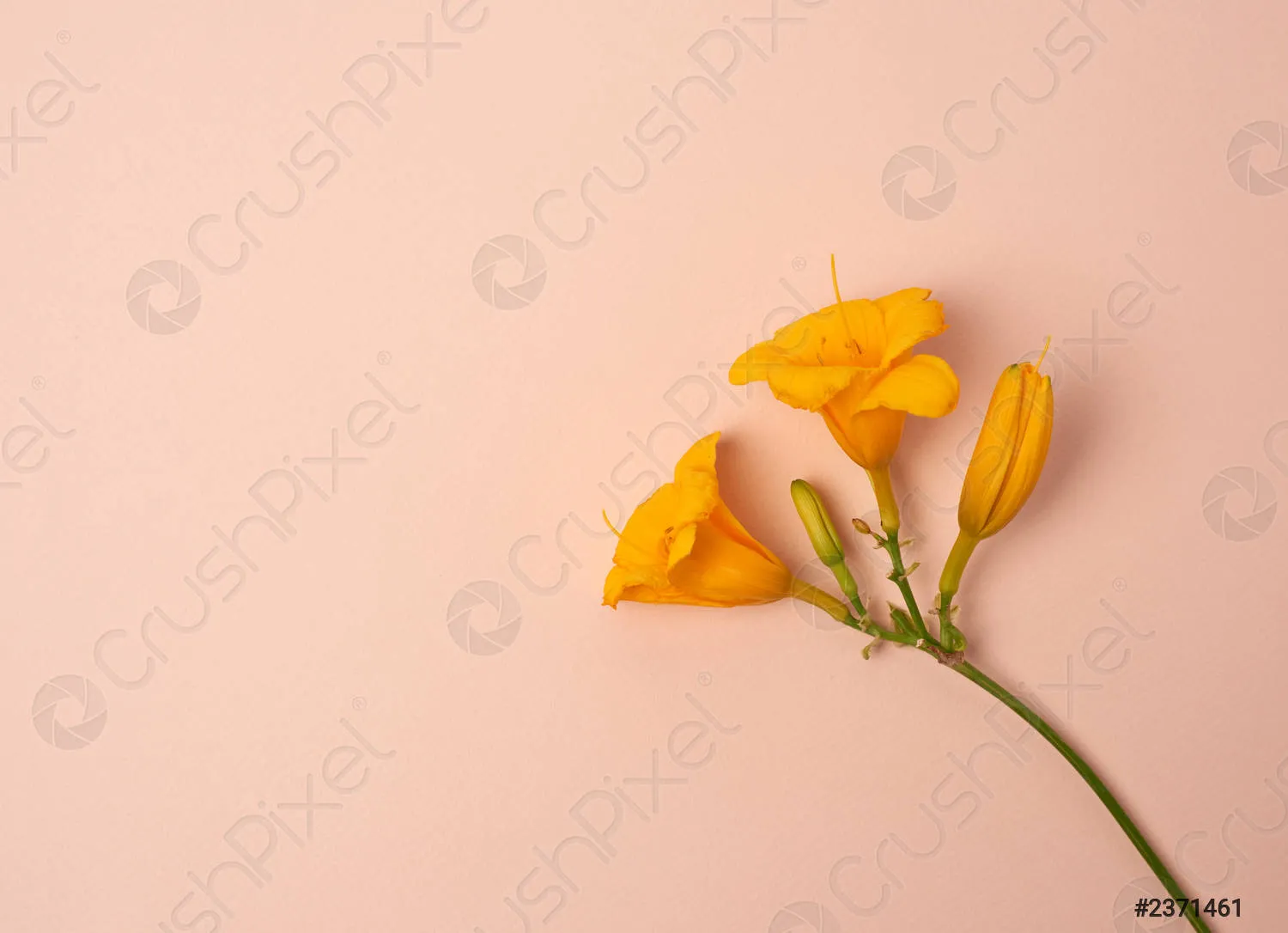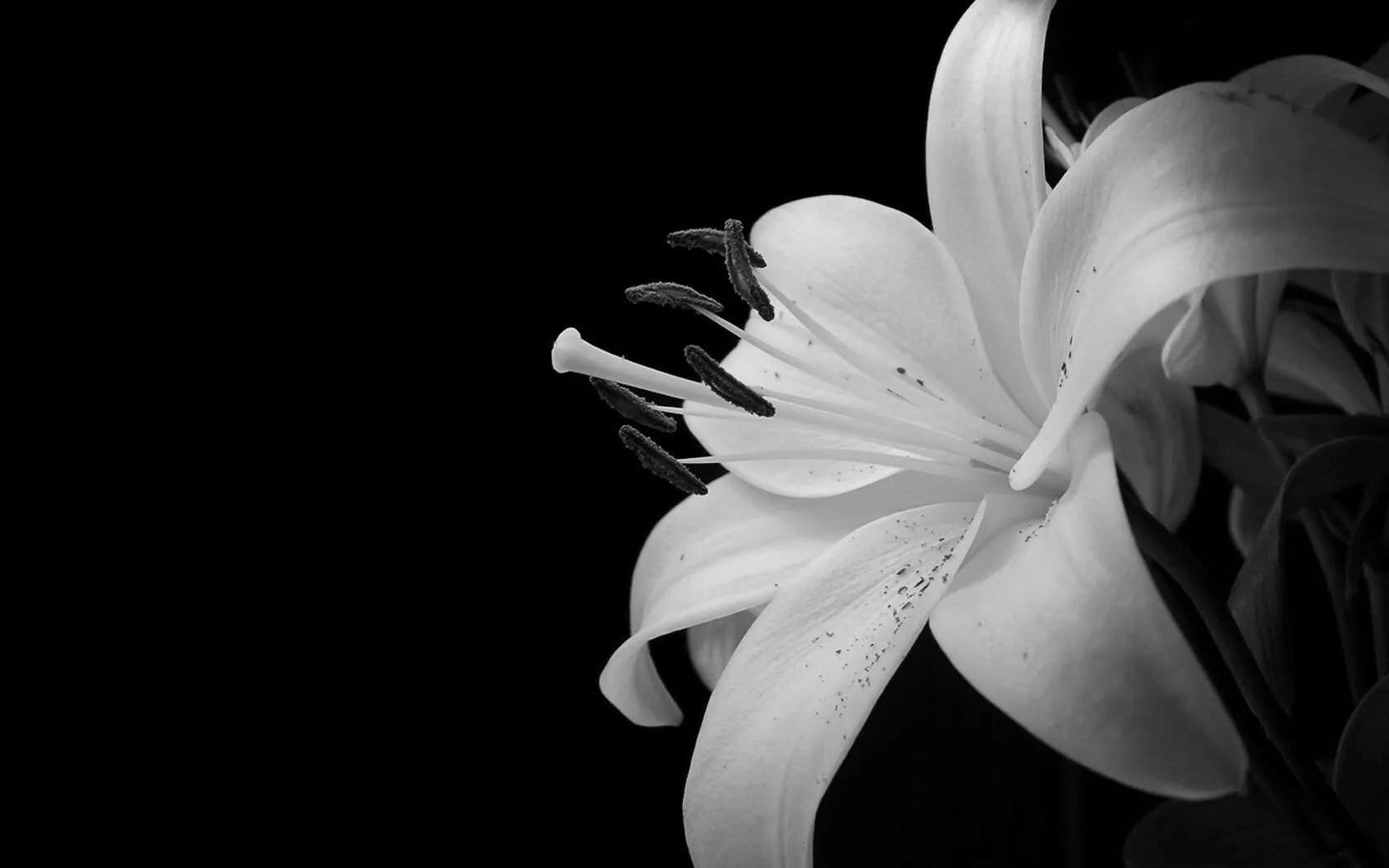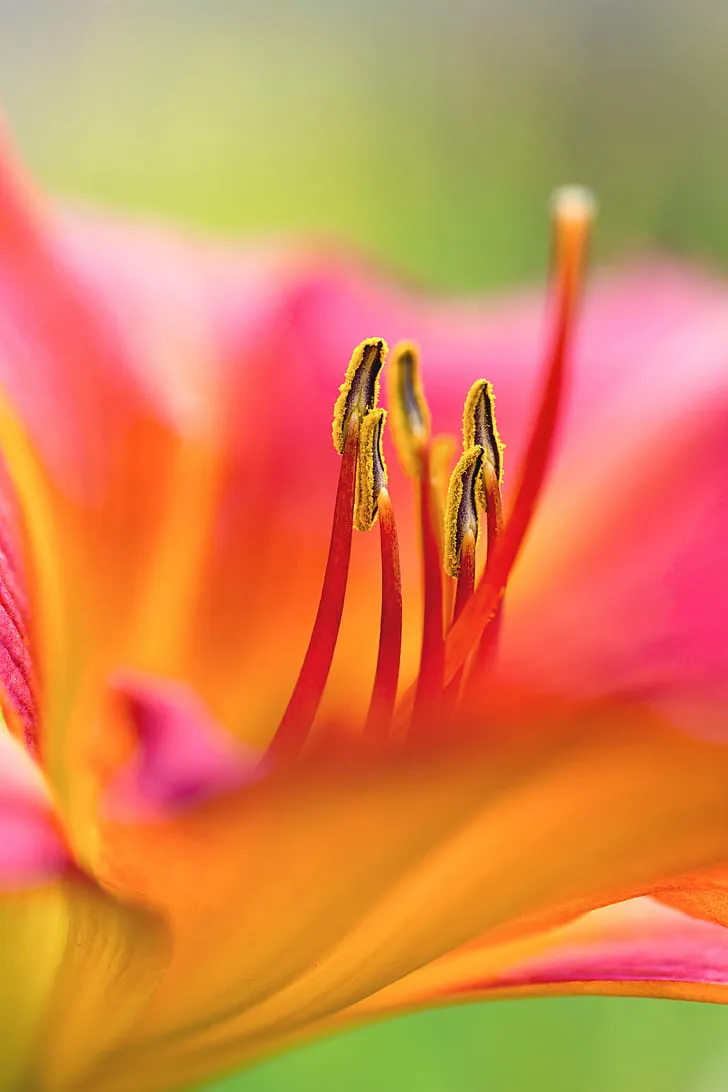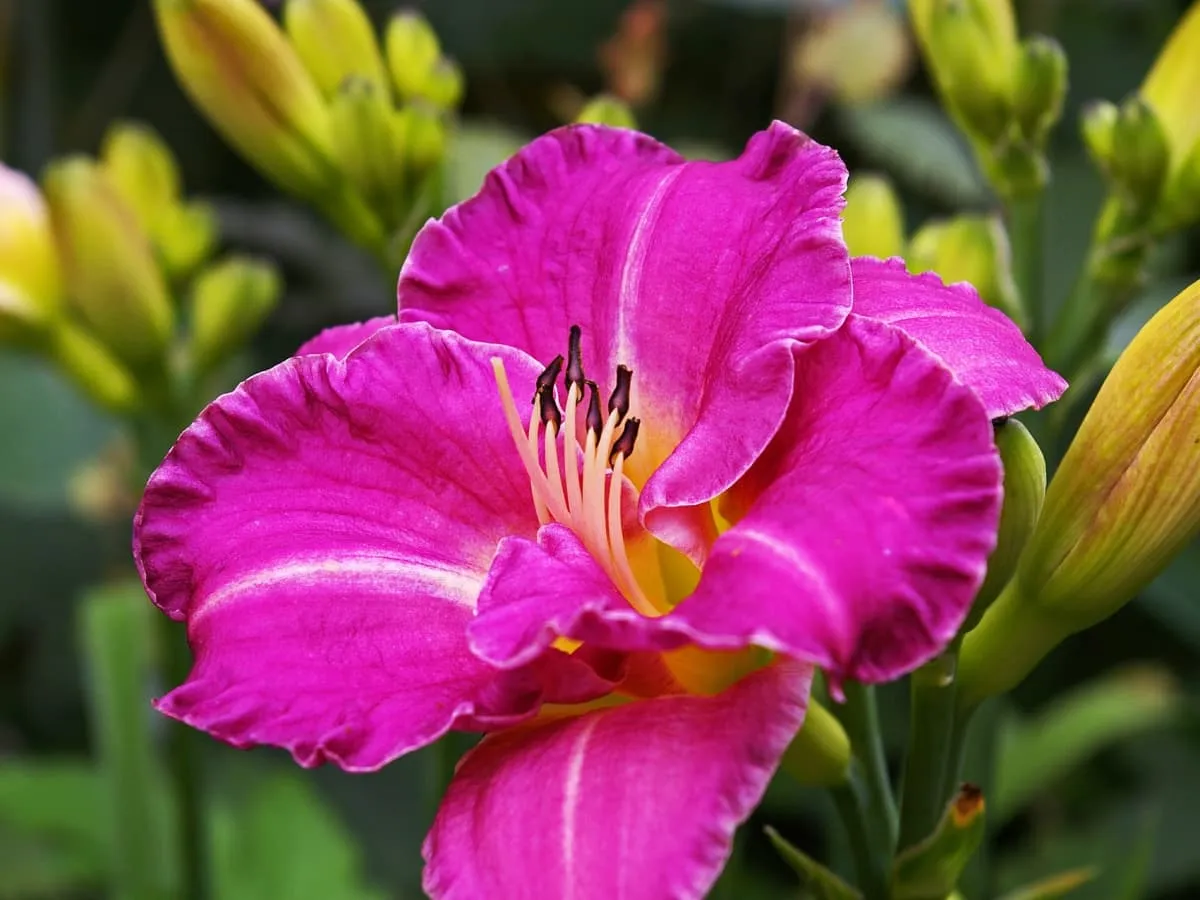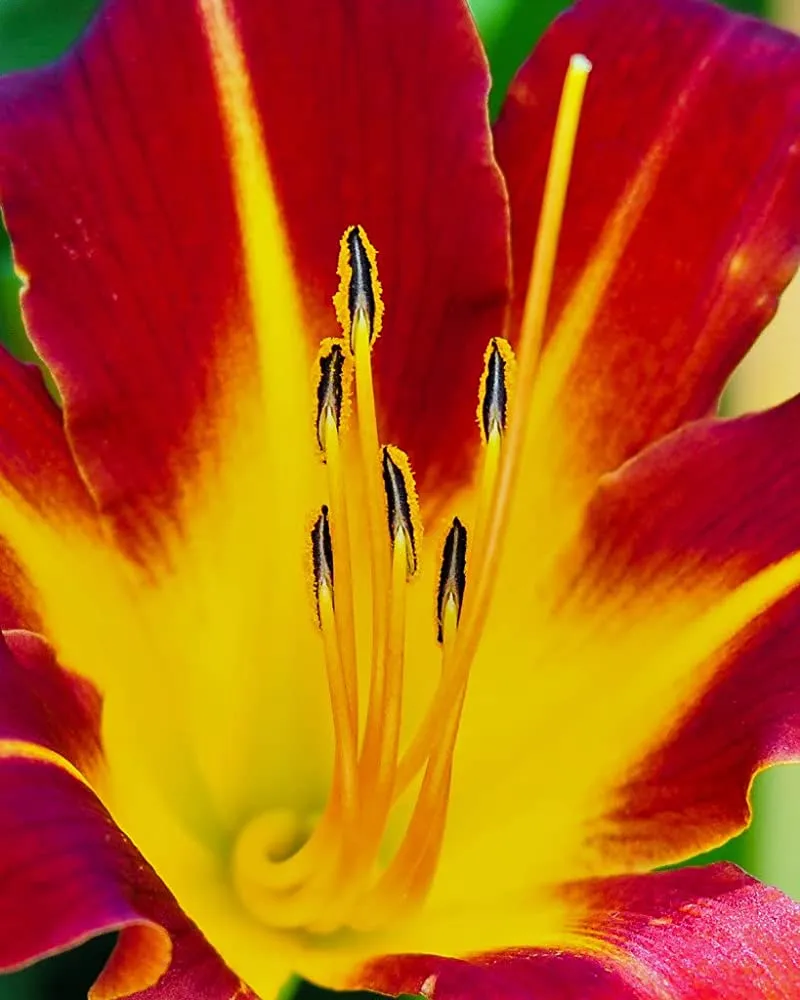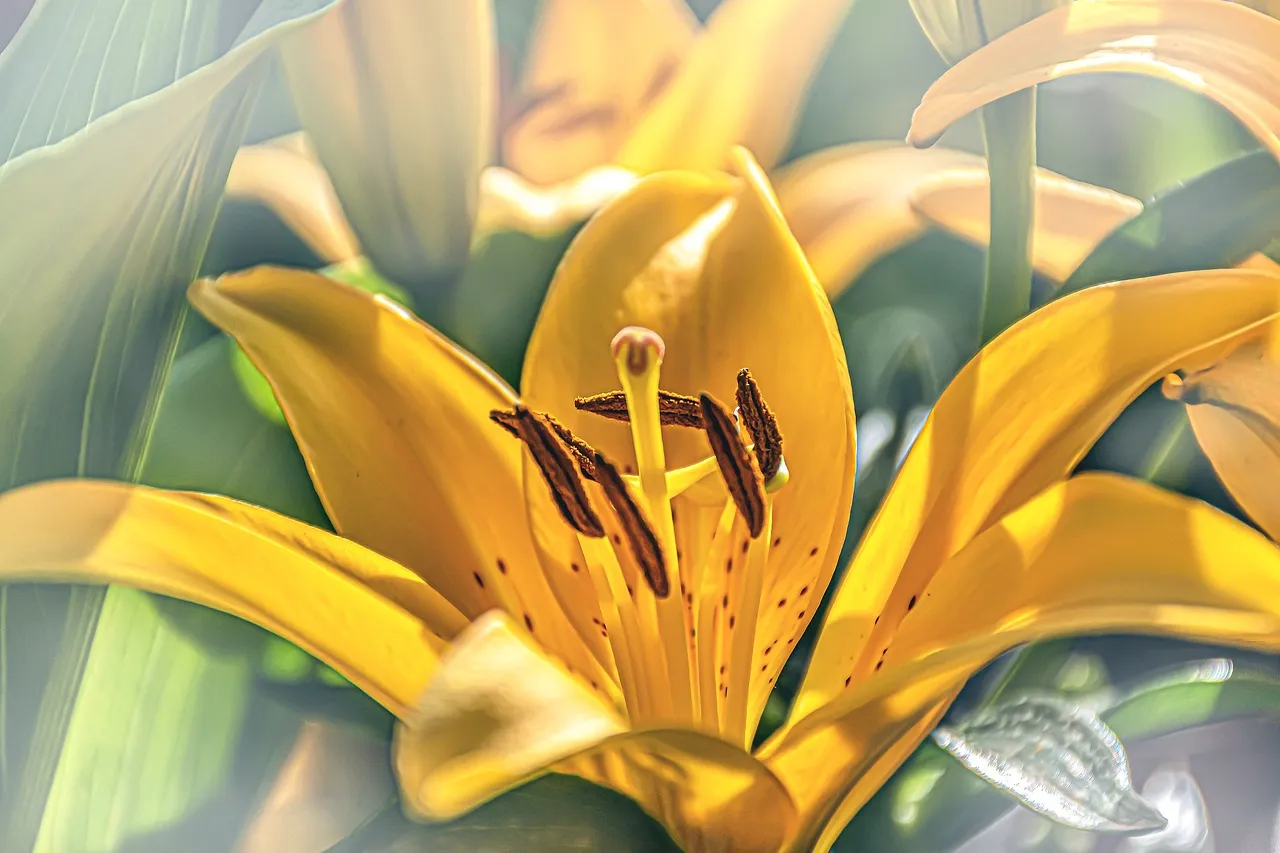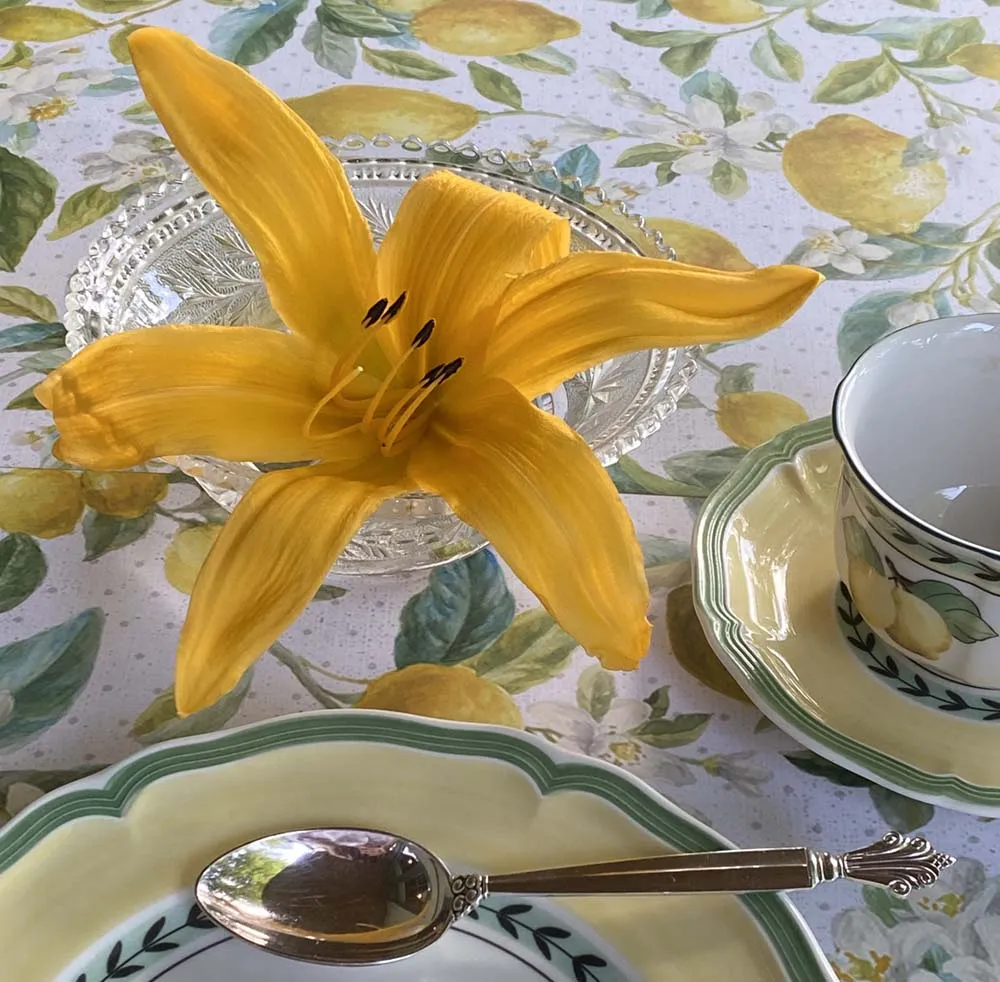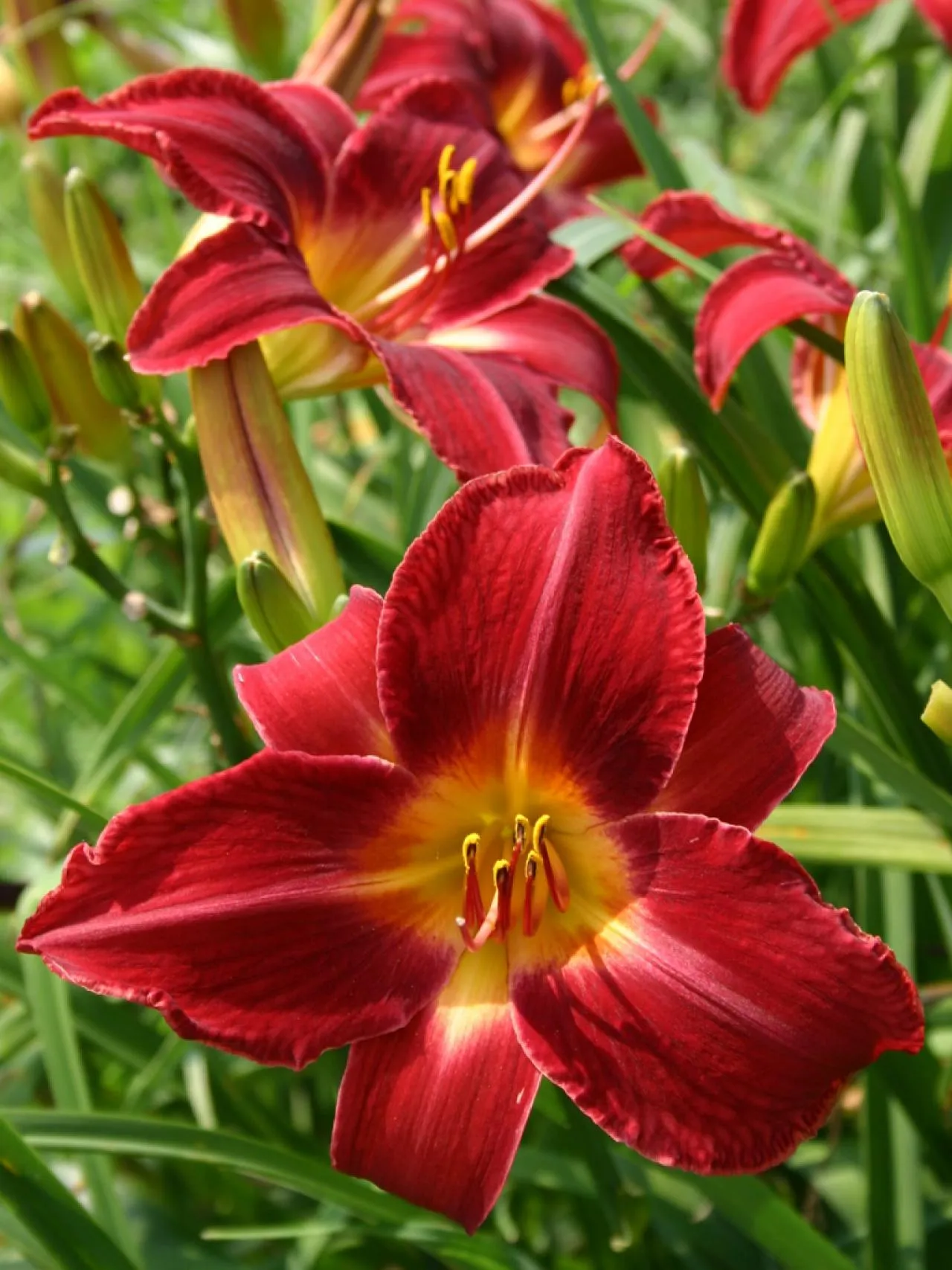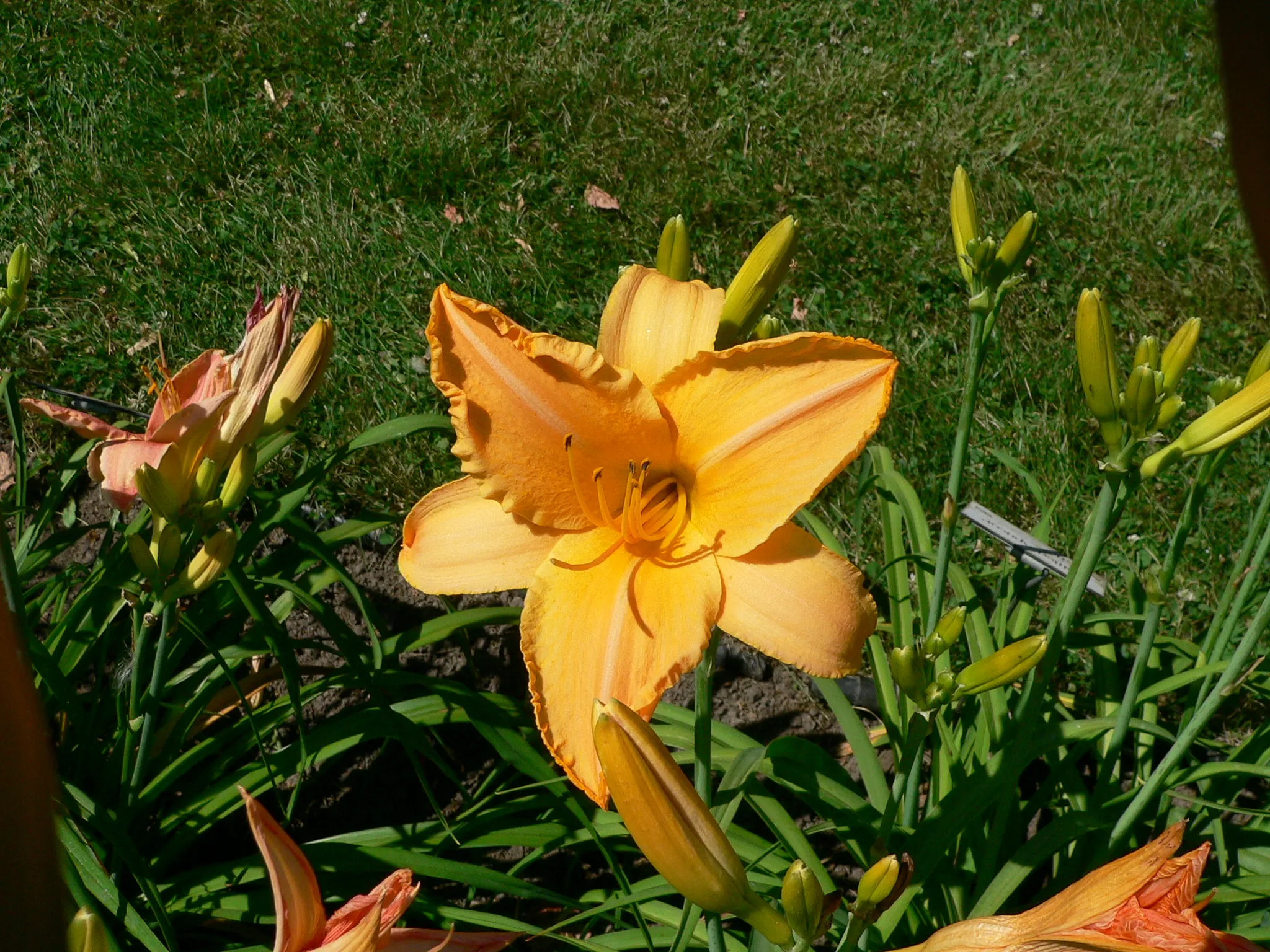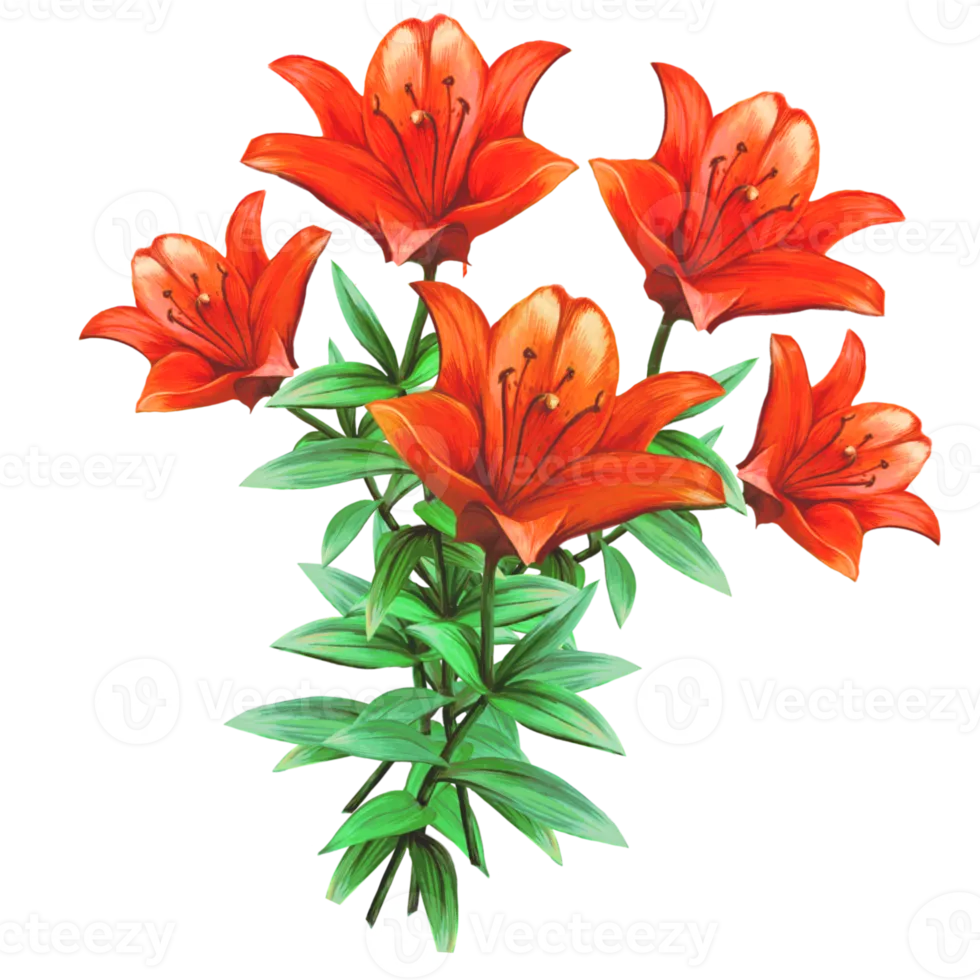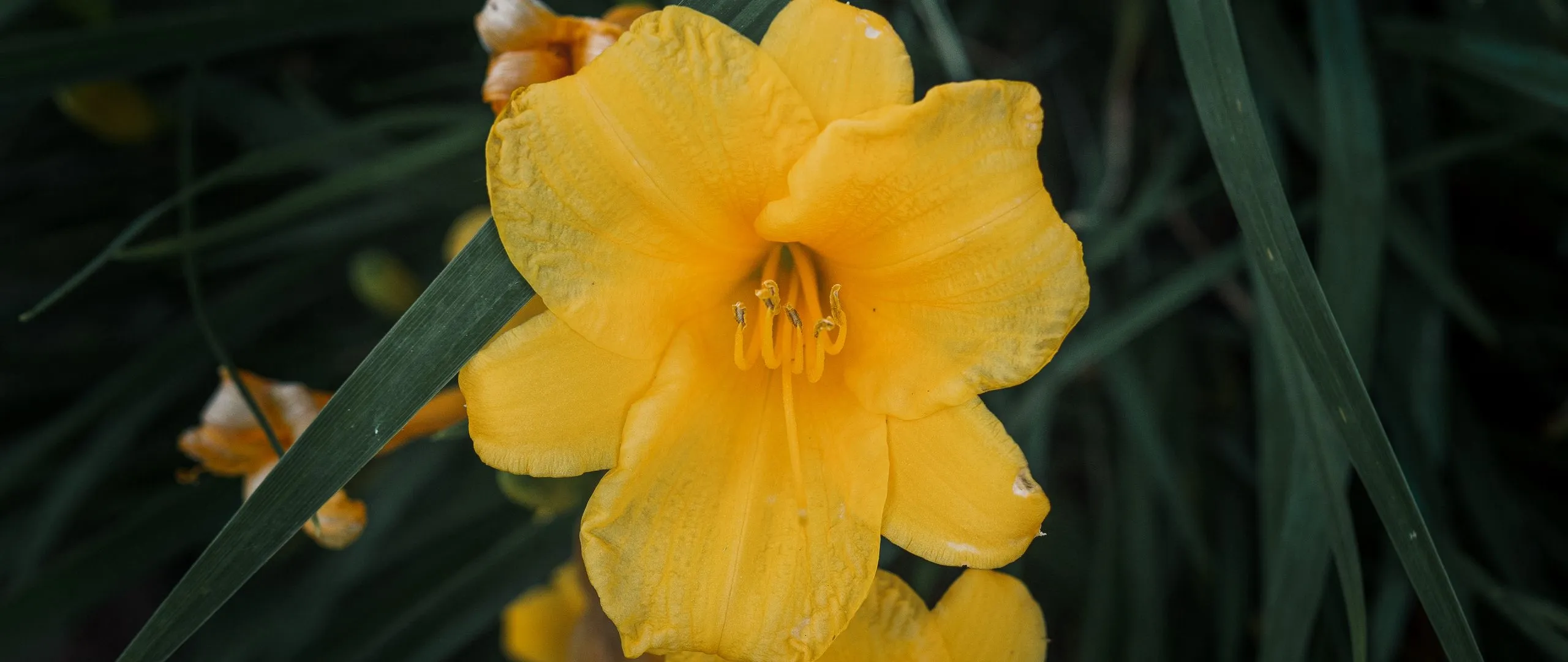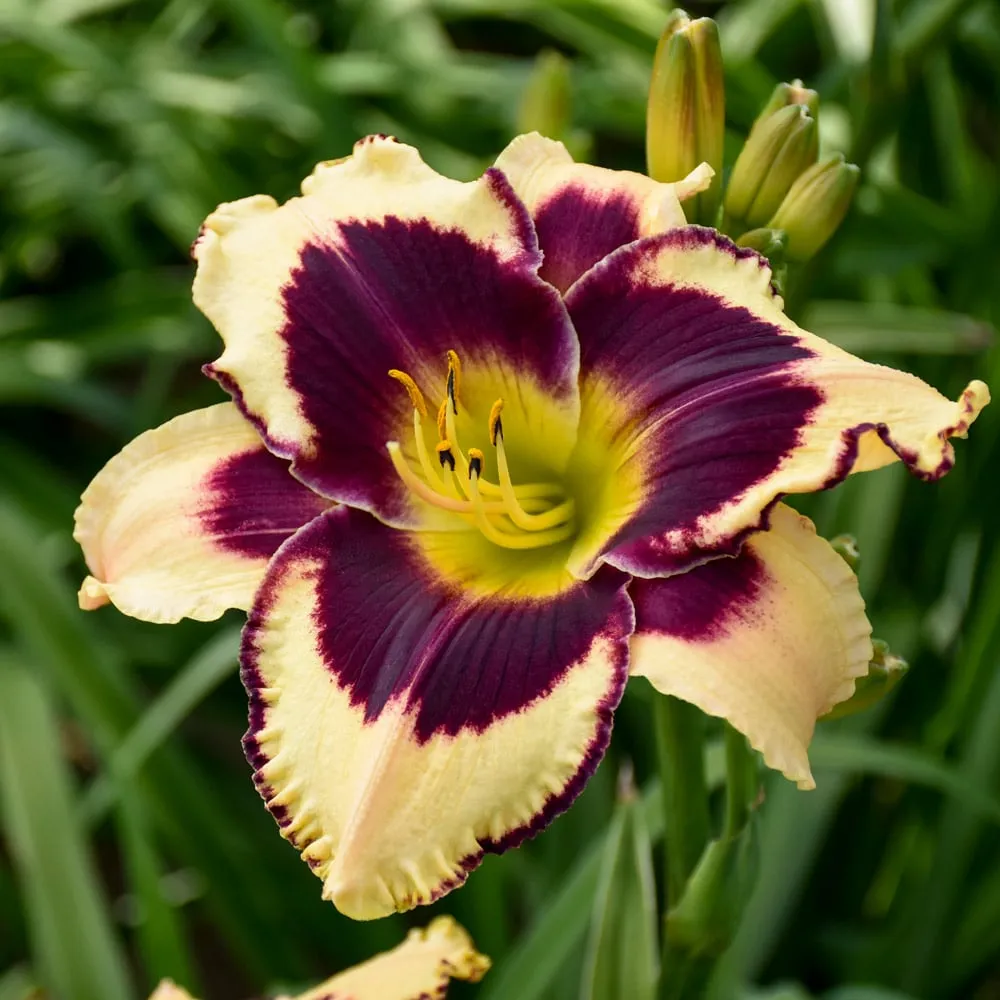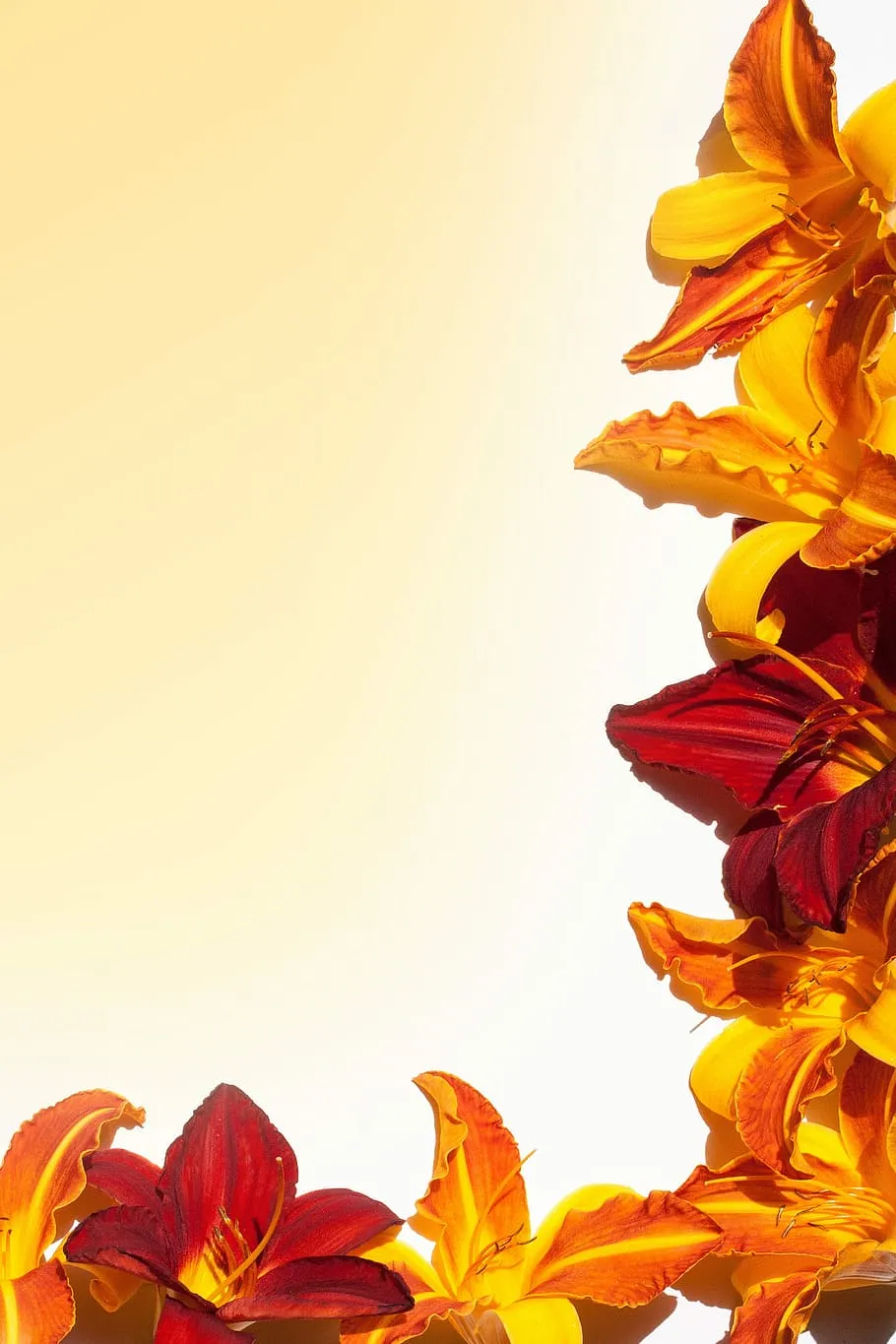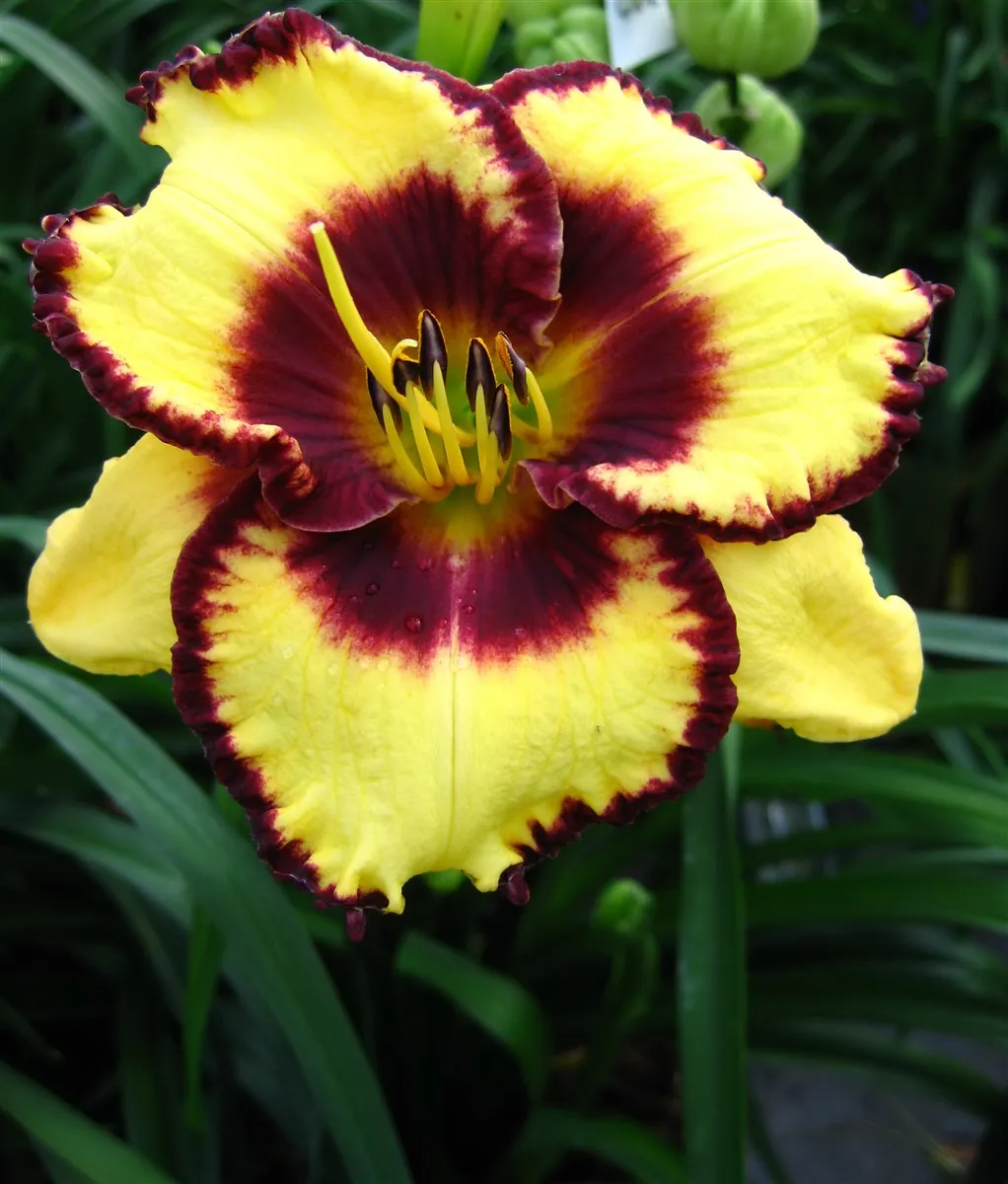Daylily: The Queen of Perennials
Flowers are the most beautiful creations of nature, and among them, daylilies are one of the most popular and loved flowers. Daylilies are perennial flowers that are native to Asia, but they are now grown all over the world. They are the perfect garden plant for their ease of care, low maintenance, and vibrant blooms. In this article, we will explore all aspects of daylilies, including their history, characteristics, care, and uses.
History of Daylilies
Daylilies have a long and fascinating history. They have been cultivated for over 2000 years and were first grown in China, Korea, and Japan. The first recorded mention of daylilies was in the Chinese book of poetry, the Shi Jing, which dates back to 800 BC. The Chinese called them "The Plant of Forgetfulness" because they believed that the flowers helped them forget their troubles. The first daylilies to arrive in Europe were brought by Marco Polo in the 13th century. They were grown in monastery gardens and were used for medicinal purposes. It wasn't until the 19th century that daylilies became popular garden plants in Europe and North America.
Characteristics of Daylilies
Daylilies are members of the Hemerocallis genus, which means "beauty for a day" in Greek. This is because each flower only lasts for one day, but the plant produces many blooms over several weeks. Daylilies are known for their large, trumpet-shaped flowers that come in a wide range of colors, from bright orange and yellow to pink and purple. Some varieties even have bi-colored or striped petals. Daylilies are hardy perennials that can survive in a wide range of climates and soil types. They prefer full sun but can tolerate partial shade. They grow in clumps and can reach heights of up to three feet, depending on the variety.
Care of Daylilies
Daylilies are low maintenance plants that require little care. They are easy to grow and can thrive in almost any soil type. Here are some tips for caring for daylilies:
Planting
Daylilies should be planted in the spring or fall. They prefer well-draining soil and should be planted in a spot with full sun or partial shade. The hole should be twice the width of the root ball and deep enough to cover the top of the roots. Water the plant well after planting.
Watering
Daylilies require regular watering, especially during hot, dry weather. They prefer to be kept moist but not waterlogged. Water deeply once a week, or more often during periods of drought.
Fertilizing
Daylilies do not require much fertilizer, but a balanced, slow-release fertilizer can help promote healthy growth and blooms. Fertilize in the spring and again in the fall.
Pruning
Deadheading spent blooms can help encourage more blooms and prevent the plant from going to seed. Cut the flower stem down to the base of the plant once the bloom has faded.
Dividing
Daylilies should be divided every three to four years to prevent overcrowding and promote healthy growth. Dig up the clump and separate the plants into smaller sections, replanting them at the same depth they were previously.
Uses of Daylilies
Daylilies are versatile plants that can be used in a variety of ways. Here are some of the most common uses of daylilies:
Garden Plant
Daylilies are a popular garden plant because of their ease of care, low maintenance, and vibrant blooms. They are perfect for borders, mass plantings, or as a focal point in the garden.
Cut Flowers
Daylilies make beautiful cut flowers that can last up to a week in a vase. Cut the flowers early in the morning and place them in water immediately.
Culinary Uses
Daylilies are edible and have been used in Chinese cuisine for centuries. The petals can be used in salads, soups, and stir-fries, while the tubers can be boiled or roasted.
Medicinal Uses
Daylilies have been used in traditional Chinese medicine to treat a variety of ailments, including fever, inflammation, and digestive issues. They are also believed to have anti-cancer properties.
Popular Daylily Varieties
There are thousands of daylily varieties, each with their unique characteristics and beauty. Here are some of the most popular daylily varieties:
Stella de Oro
Stella de Oro is a popular daylily variety that produces bright yellow blooms on compact plants. It is a prolific bloomer and can produce up to 200 blooms per plant.
Happy Returns
Happy Returns is a repeat bloomer that produces lemon-yellow flowers throughout the summer. It is a compact plant that is perfect for borders or containers.
Pardon Me
Pardon Me is a small daylily variety that produces deep red blooms with a yellow throat. It is a prolific bloomer and can produce up to 200 blooms per plant.
Kwanzo
Kwanzo is a double-flowered daylily variety that produces large, showy blooms in shades of pink, red, and white. It is a vigorous grower and can reach heights of up to six feet.
Conclusion
Daylilies are the queen of perennials, beloved for their ease of care, low maintenance, and vibrant blooms. They have a fascinating history, are versatile in their uses, and come in a wide range of colors and varieties. Whether you are an experienced gardener or a novice, daylilies are a must-have for any garden.
Frequently asked questions about Daylily wallpapers
What are Daylily pictures?
Daylily pictures are a collection of flower images available for download on our website. These pictures feature the beautiful Daylily flower, which is a popular choice for gardens due to its vibrant colors and easy maintenance.
Can I download Daylily pictures for free?
Yes, all of the Daylily pictures on our website are available for free download. Simply select the image you like and choose your preferred file type and size.
What file types are available for Daylily pictures?
We offer Daylily pictures in three different file types: .jpg, .png, and .webp. You can choose the file type that best suits your needs.
What sizes are available for Daylily pictures?
We offer a range of sizes for our Daylily pictures, including different widths and heights. You can choose the size that best fits your project or device.
Do I need to sign up or create an account to download Daylily pictures?
No, you do not need to sign up or create an account to download our Daylily pictures. Simply select the image you like and choose your preferred file type and size.
Can I use Daylily pictures for commercial purposes?
Yes, you are free to use our Daylily pictures for commercial purposes. However, please note that some restrictions may apply depending on the intended use. Please refer to our terms of use for more information.
Can I edit or modify Daylily pictures?
Yes, you are free to edit or modify our Daylily pictures as needed. However, please note that some restrictions may apply depending on the intended use. Please refer to our terms of use for more information.
How many Daylily pictures are available on your website?
We currently offer 38 different Daylily pictures on our website. However, we are constantly updating our collection, so be sure to check back often for new additions.
Is your website mobile-friendly?
Yes, our website is designed to be mobile-friendly and will automatically adjust to fit the screen size of your device. This ensures that you can easily download Daylily pictures from your phone or tablet.
Can I share Daylily pictures with others?
Yes, you are free to share our Daylily pictures with others. However, please note that some restrictions may apply depending on the intended use. Please refer to our terms of use for more information.



